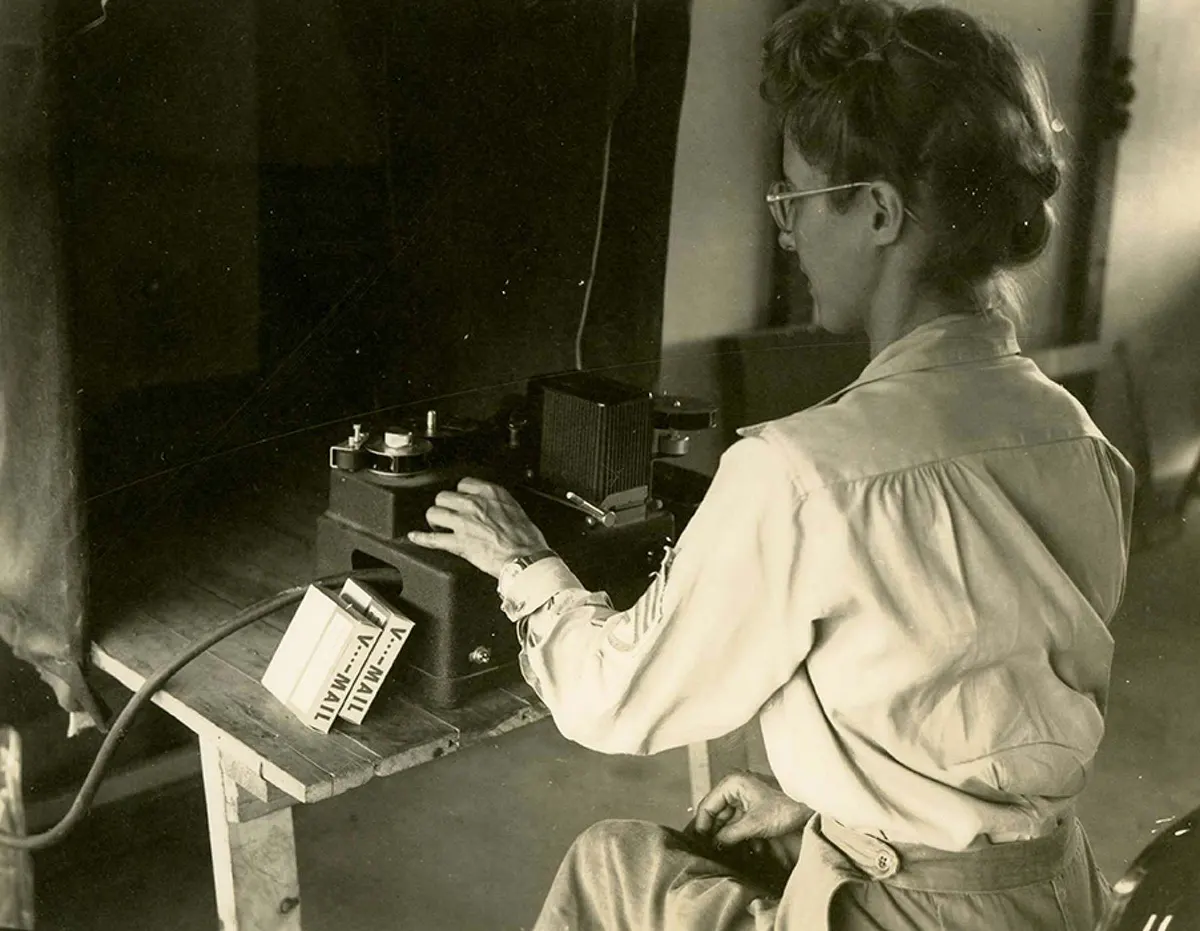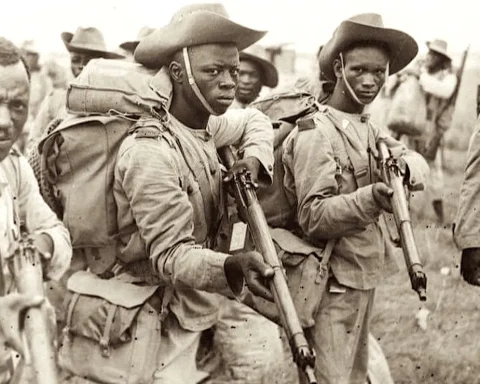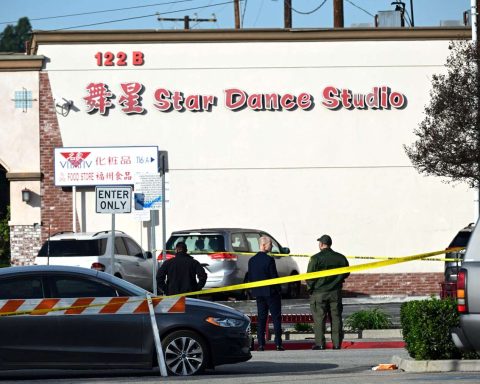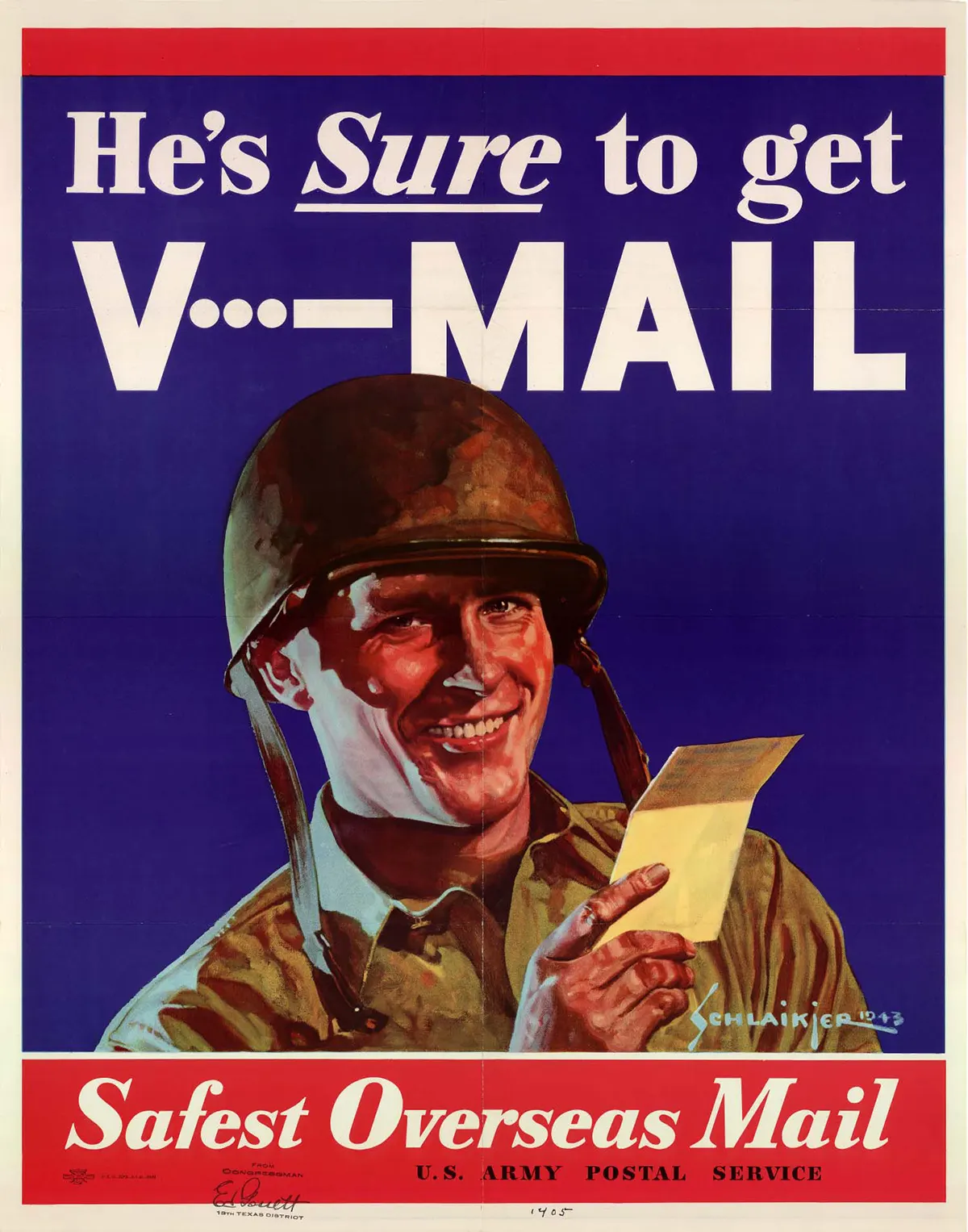
The United States military discovered soon after World War II that shipping and delivering a large amount of mail to service members overseas and from service members was going to be a daunting challenge as they needed to reserve freight space for supplies and essential weapons.
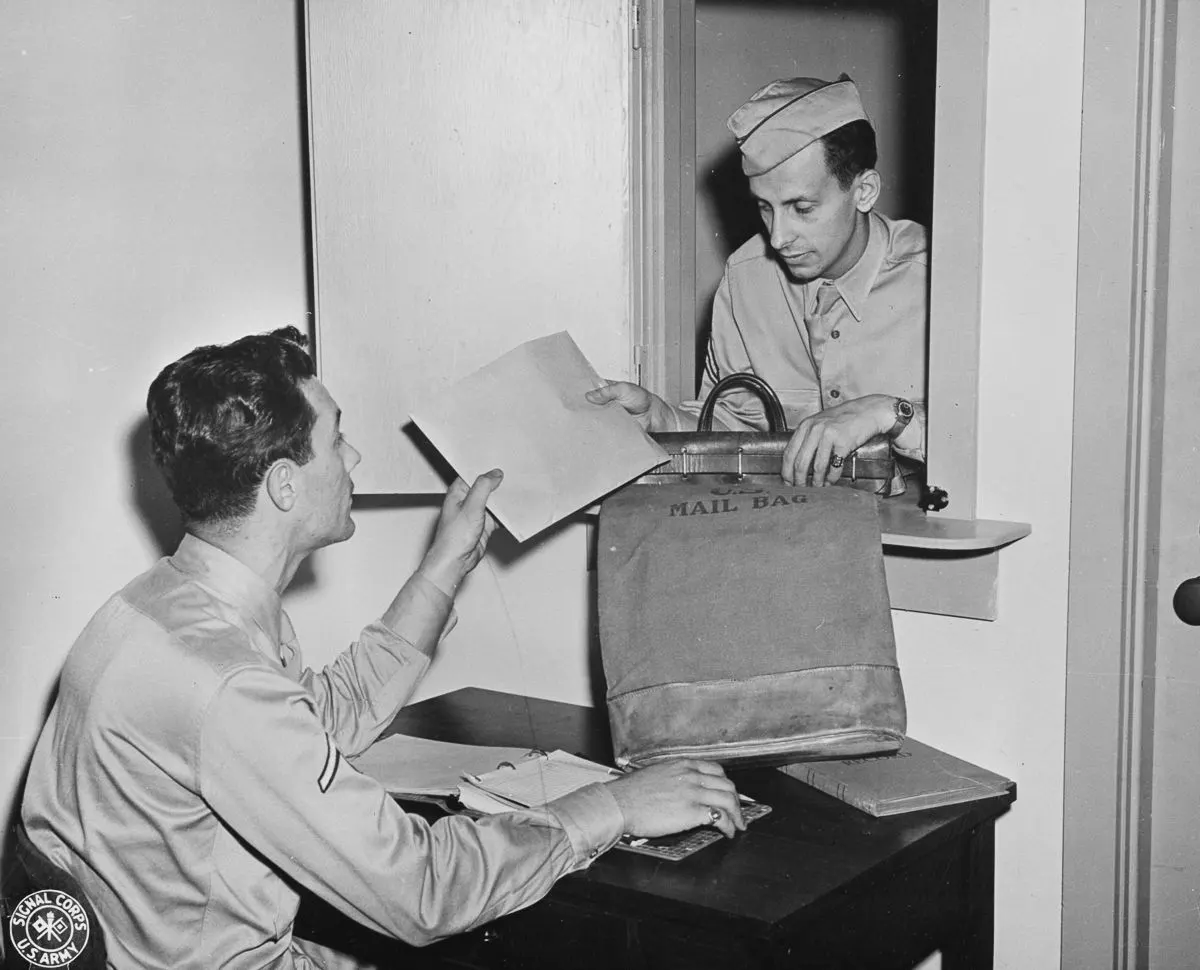
This birthed Victory Mail — V-Mail from the British Airgraph Service. This Eastman Kodak-designed service was eventually launched on June 15, 1942. Soon enough, it became an essential communication for soldiers on the front lines and their families at home.
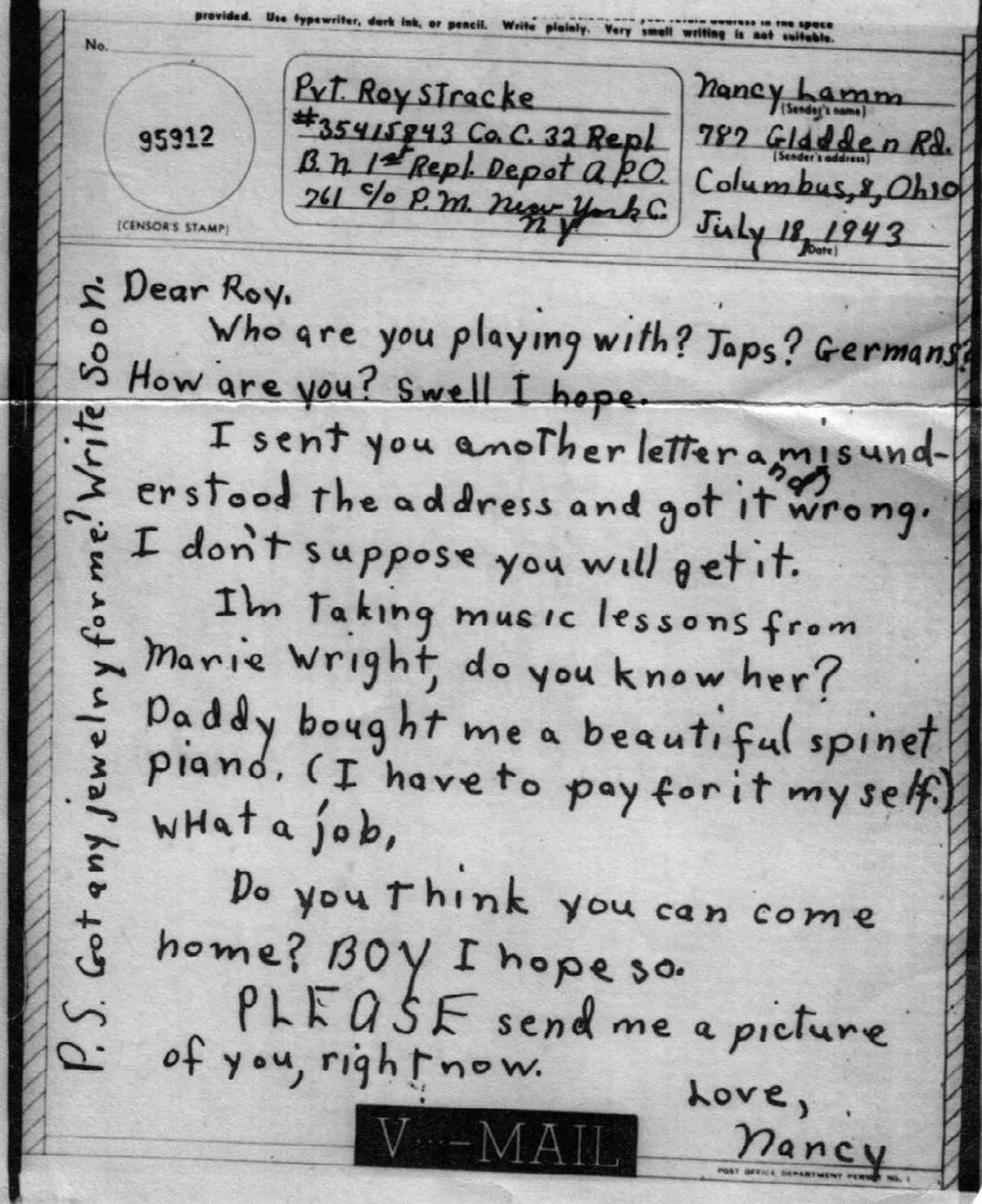
The letters were written on the standardized stationery; the letters were then photographed and moved onto a roll of microfilm. When it reaches its destination, the letter would then be blown back up to a readable size and printed.
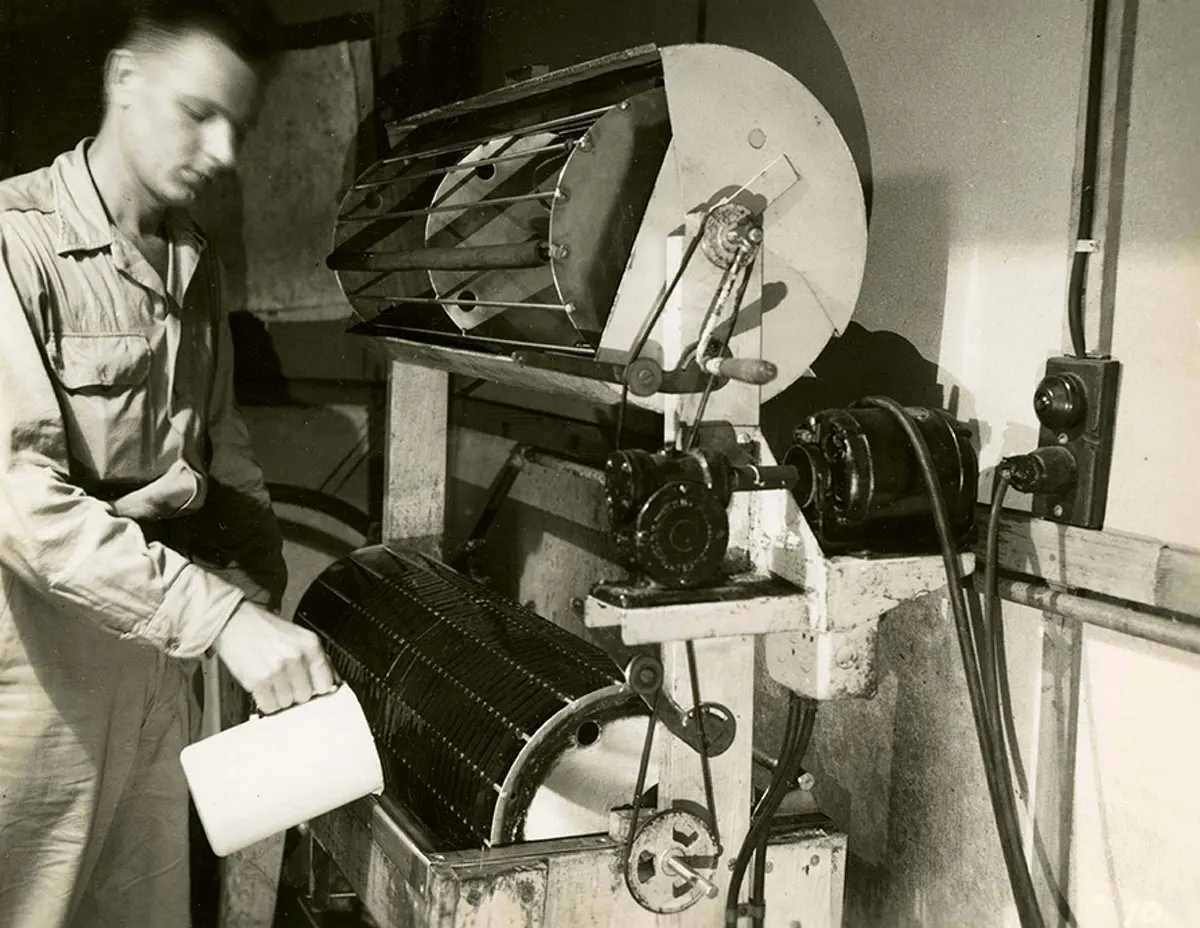
The letters passed before censors were photographed, which ruined the possibility of using spying tools such as invisible ink and microprinting.
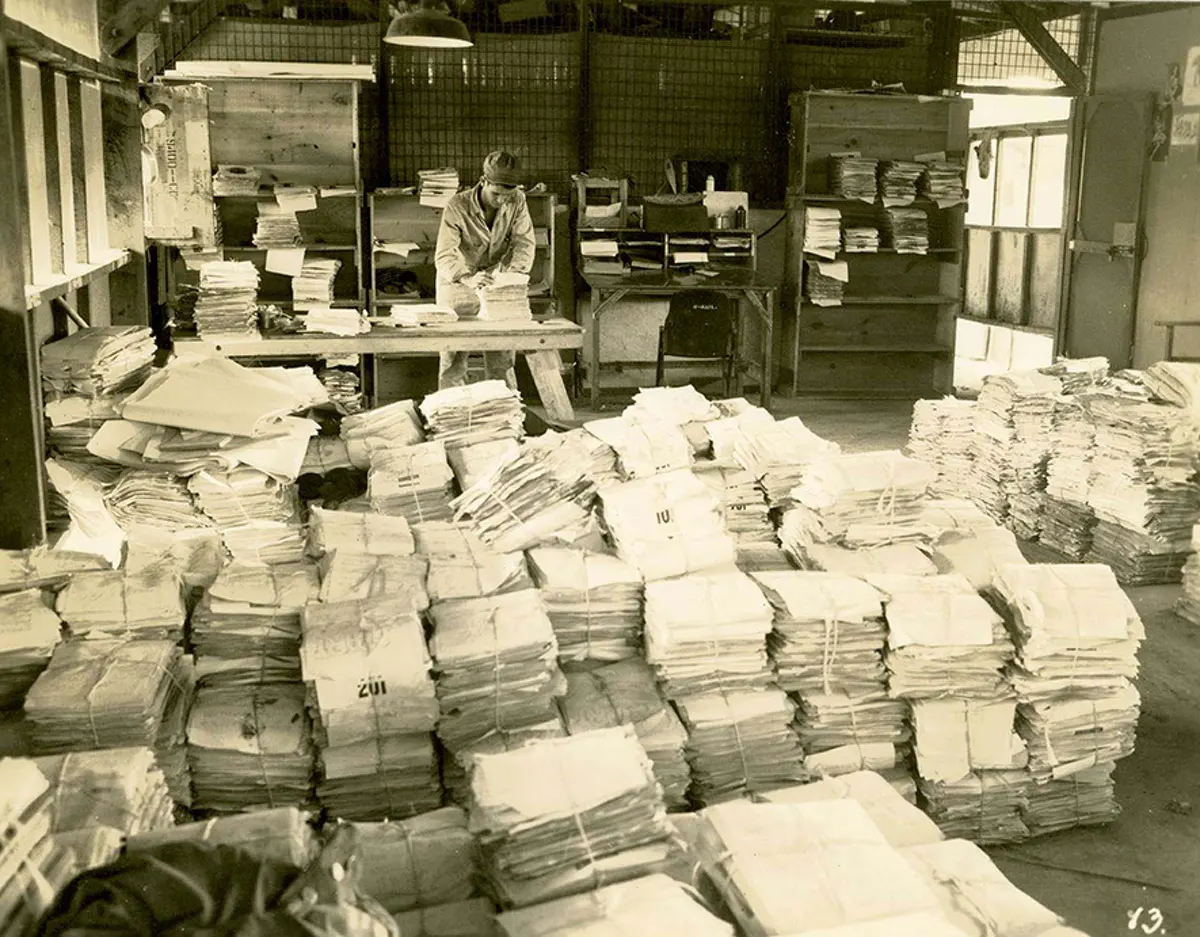
With this process, over 1,600 letters could be stuffed onto a roll of a film about the size of a pack of cigarettes. There was a drastic reduction in the weight of the cargo as 2,000 pounds of freight became 20, and 37 mail bags became just one.
